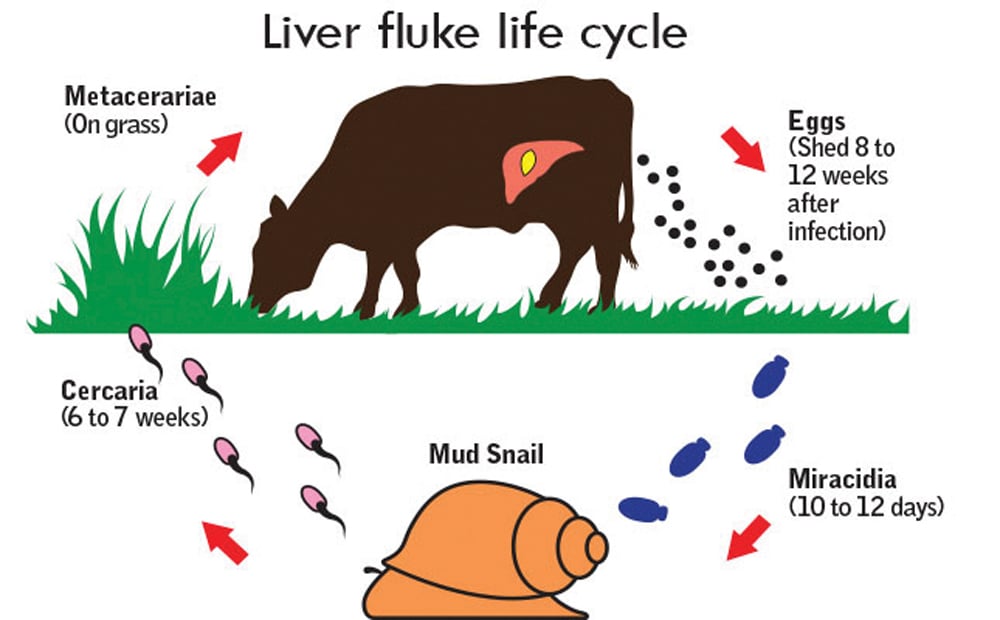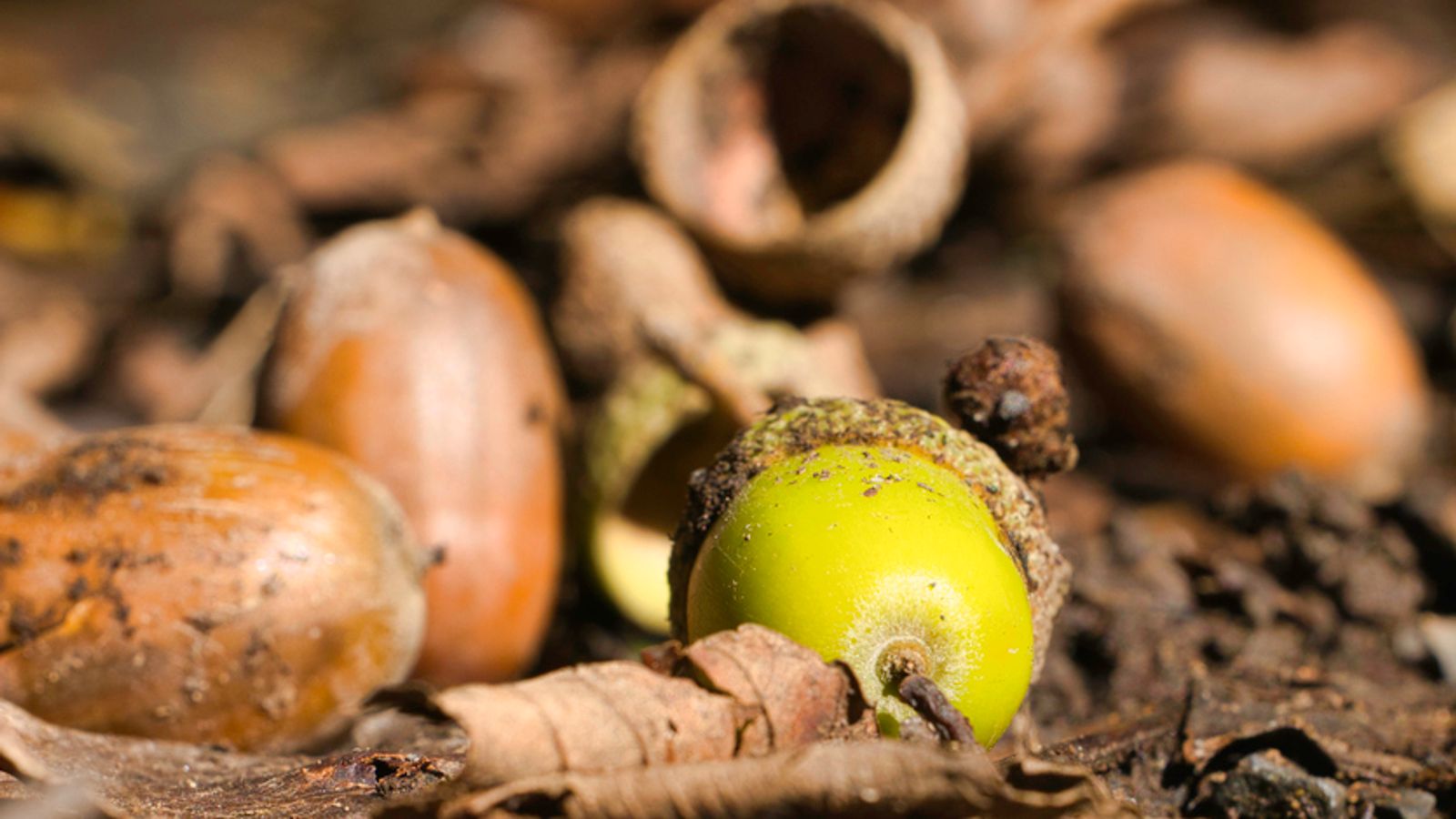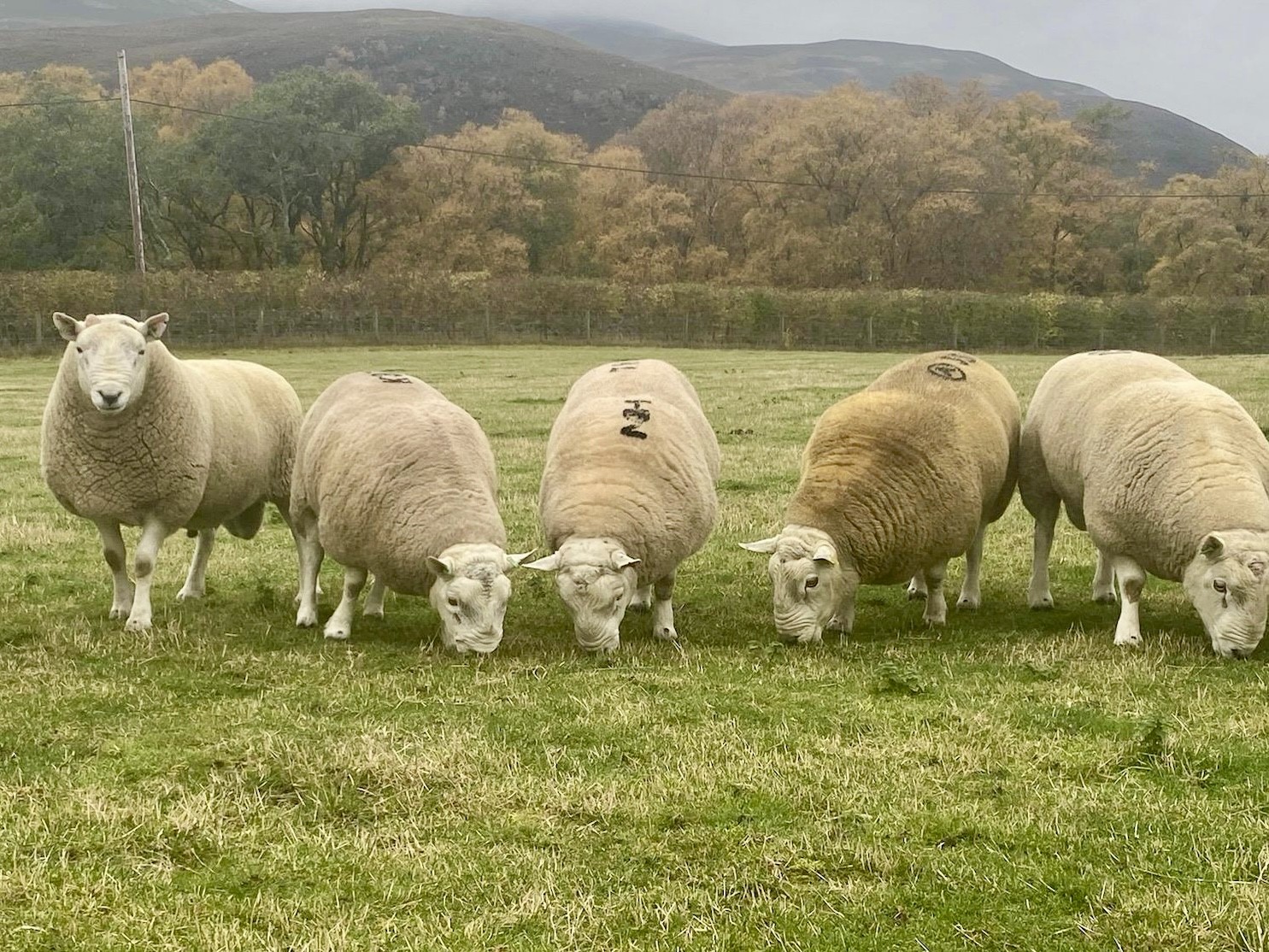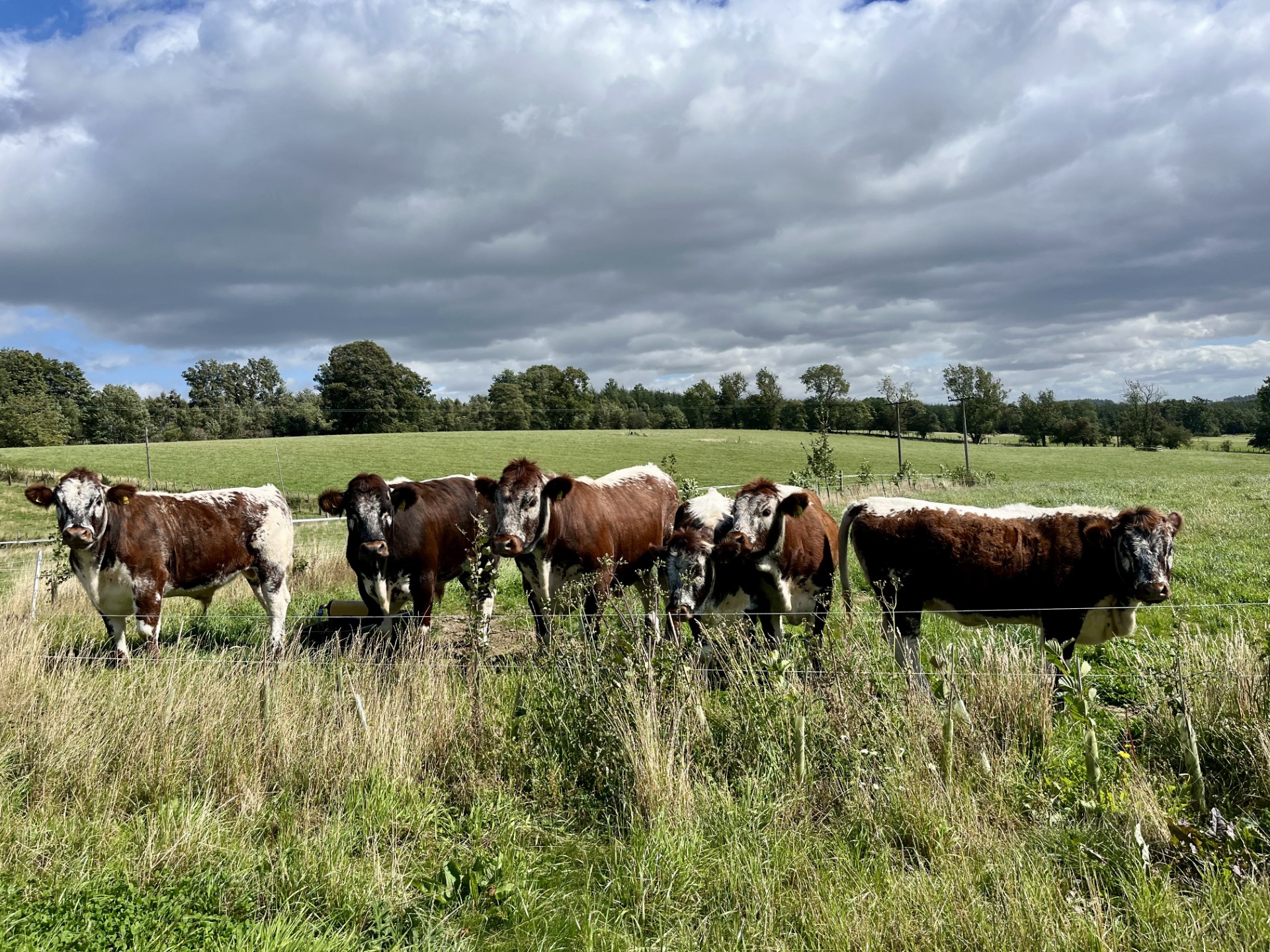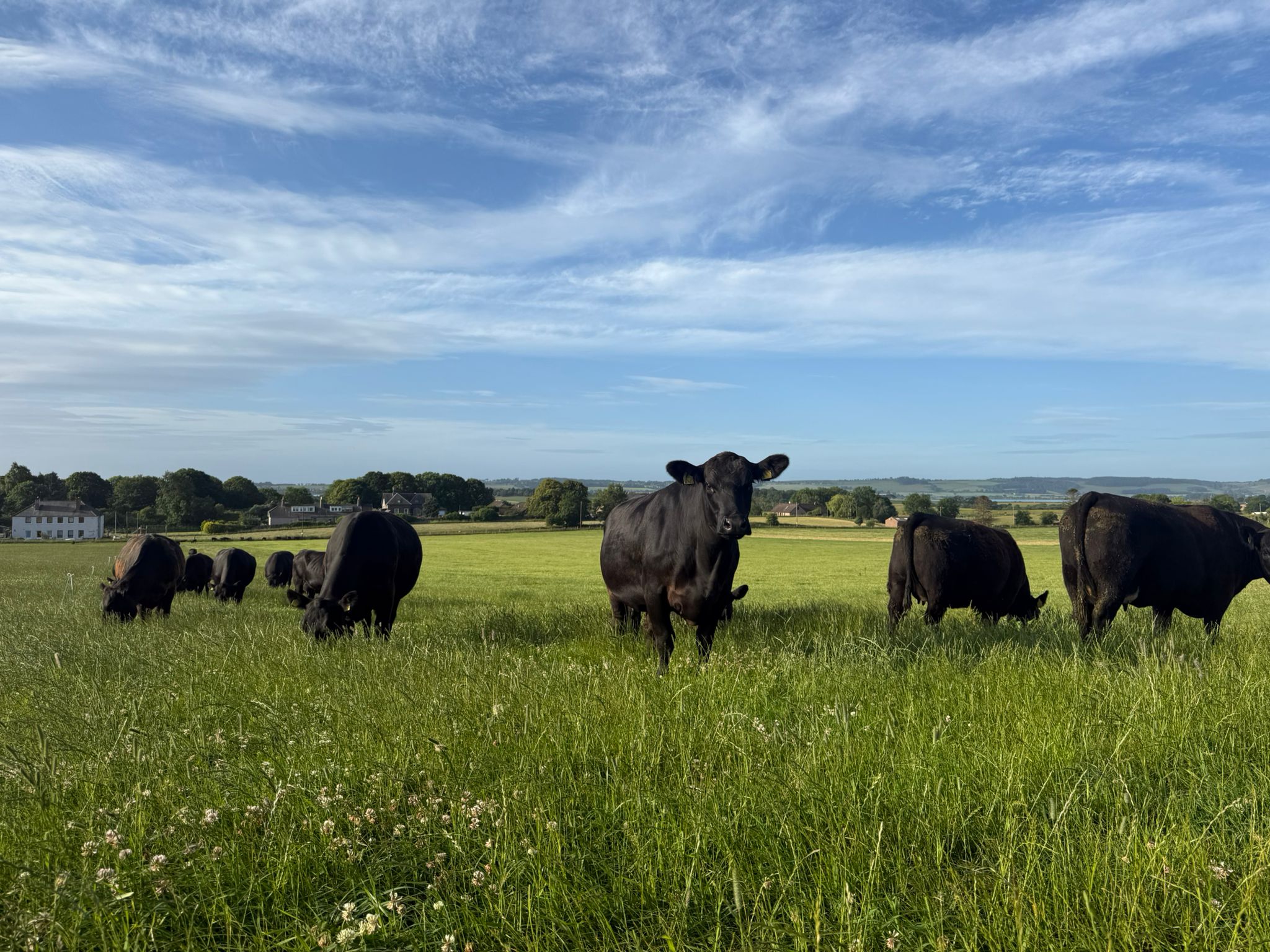Farm Newsletter April 2025
The start of April sees us being very, very busy (of course!) with what feels like half a dozen calls every day to calvings, caesars and prolapses. Anecdotally there seems to be a trend out and about for more extreme sized calves leading to more interventions required for many. A recent study showed how many calves and lambs with tight births had fractured ribs without necessarily showing any outward signs that this was the case. However, fractured ribs will be a very painful condition and will suppress desire to get up and suckle. No doubt these animals would benefit from some pain relief in the form of Metacam to give them a good start in life. Just be careful in making sure you have an appropriate sized syringe and needle when treating young animals as it can be easy to overdose if not careful.
What an incredible run of weather for the start of spring though. Lambs and calves should be getting turned out to a decent bit of spring grass for their dams and with sun on their backs. This coupled with recent unprecedented beef prices means there is a bit more joy and optimism out and about than there has been of late. As you’ll know we always bang the drum for preventative health but with prices as they are now it really does pay to invest in health; be that through health planning, nutrition planning, fertility work and vaccination strategies etc
Fertility Testing Bulls
The gold standard is every bull, every year should be tested 6-8 weeks in advance of mating. Indeed this is now the norm on very many units, and with beef prices as they are, every extra calf on the ground is hugely valuable and with beef calf subsidies being paid on a 410d calving interval, a compact calving is critical as well.
A fit and fertile bull is absolutely critical to all this, but sadly we know that as much as a fifth of bulls are sub-fertile, but by being proactive we can take action to prevent these affecting herd performance. As below, there is still some grant money available to put towards bull testing too.
Sustainable Farming Grants – back for a third year
- Bull fertility testing
- Calf respiratory disease investigation
- Cattle liver fluke investigation
- Cattle roundworms monitoring
- Sheep scab screening
- Sheep iceberg disease investigation
- Sheep lameness assessment and planning
- Sheep liver fluke investigation
- Sheep roundworms monitoring
Nematodirus risk in lambs
Coming into the spring the risk of lambs to Nematodirus will start to rise. The best way to keep tabs on the risk and time treatment correctly is to monitor the SCOPS nematodirus forecast. There is a link below that will take you straight to it.
Given the warm and sunny weather we have been having recently the high risk period is already upon us, which is much earlier than usual. Lambs about 6 weeks and older are at risk, especially if grazing pasture that ewes and lambs were on last year.
Therefore lambs born in January to early March are currently at risk and should be treated with a white wormer if on risky pastures. A WEC should be carried out 14 days later to check effective treatment has been carried out and no other species of worms are present.
For April lambers the peak risk may well have passed by the time lambs are 6 weeks old, but it is worth keeping an eye on the forecasts and speaking to us for best advice.
https://www.scops.org.uk/forecasts/nematodirus-forecast/
Bringing Late Calving Cows Back On Track
As we come to the second half of of spring calving, it’s a good time to think about how to tighten up next year’s calving pattern—especially for those cows that have calved late or are yet to calve.
Late calvers are often at risk of slipping further each year, making them less efficient in a tight spring block. Synchronising these cows can be a useful tool to bring them back in line with the main herd and improve overall fertility and productivity.
Why Synchronise?
• Encourages earlier conception and tighter calving spread
• Reduces the number of late-born calves
• Improves labour efficiency at calving time
• Helps avoid culling otherwise good cows just for being late
What Are the Options?
There are a few synchronisation protocols we can use, typically involving a combination of progesterone devices (CIDRs or PRIDs), prostaglandin injections, and sometimes GnRH.
It’s important that cows are in reasonable BCS and at least 30 days post-calving before starting a synchronisation programme.
Natural Service or AI?
These programmes can be used ahead of AI, but also work well with natural service—just make sure bulls are fit, fertile, and not overloaded if serving synchronised cows.
Planning Ahead
If you’re interested in synchronising late calvers, speak to us soon. Protocols need careful planning.
Give us a ring at the practice if you’d like to talk through options.
Artificial Insemination and Synchronisation
Hopefully by now you’re well aware that we offer a bespoke synchronisation and AI package for cows and heifers. AI is a hugely valuable tool for advancing genetic merit within a herd and selecting for sires that provide traits that you are keen on in your herd, such as calving ease, growth rates or carcass conformation.
The other key benefit is we aim to have 2/3 of your group (or herd!) in calf on the first day of service. Indeed, we’ve been doing this over a year now and these are the kind of results we would typically hope to achieve.
Our vision for this service is to be straight forward with minimal handlings, cost effective, and easy for the client to organise. We can help with sire selection, arrange semen storage, sort all of the dates and times and be available to answer any questions you have about the process.
To understand more about it please click on the link below, or give us a call, now is the time to be putting dates in the diary for spring calving herds.
https://thrumsvet.co.uk/thrumsync-our-new-cattle-synchro-and-ai-service/
Re-breeding First Calvers
Getting first-calved heifers back in calf on time is one of the biggest challenges in a suckler system. Outside of bull issues, calved heifers failing to get back in calf is the second biggest cause of infertility in cows we see. They’re still recovering from calving, still growing, and often further down the pecking order when it comes to forage access.
But getting it right can make a huge difference to lifetime productivity and keep you on track for a tight calving block.
What we’re seeing work well on systems getting it right:
• Separate management: running first calvers as a group through the breeding period ensures they aren’t outcompeted and allows targeted nutrition.
• Good body condition (ideally 3.0/5 at bulling): too lean, and conception rates drop; too fat, and calving ease becomes an issue next time around.
• Mineral balance: don’t overlook selenium, iodine, and copper — deficiencies can quietly drag down conception rates.
• Scanning early: allows us to identify and address issues early. It also allows us to age pregnancies more accurately and pick up twins.
Ultimately, we want heifers that calve early in their first season and then rebreed quickly in the second — those are the cows that stick around, raise strong calves, and thrive in lower-input systems and then to breed from their daughters and so on for generations.
If you’d like help tracking rebreeding performance, selecting for fertility, or planning post-calving nutrition, give us a shout.



